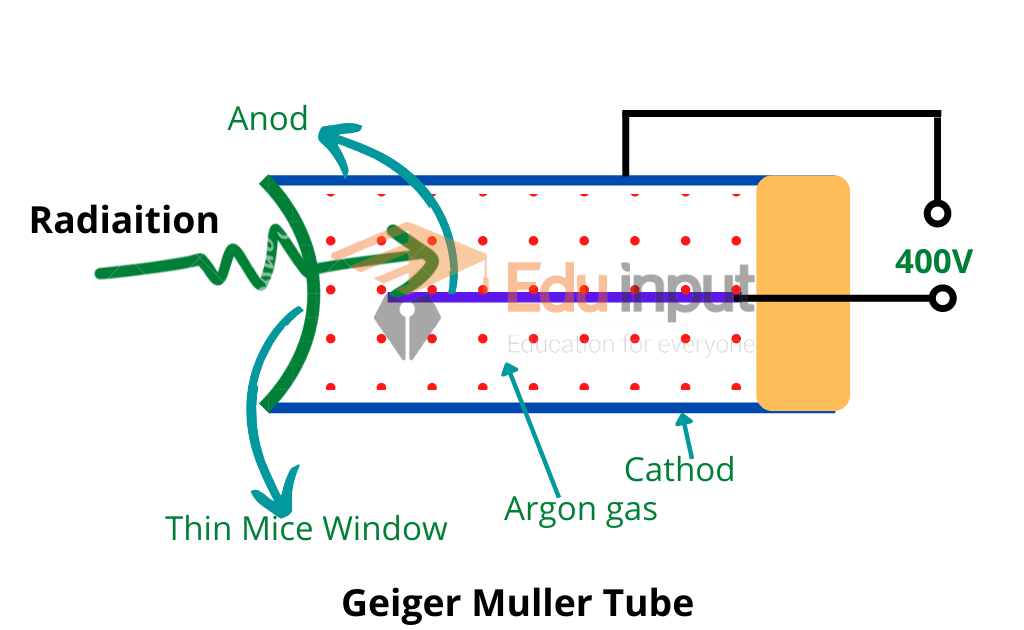Gamma Decay-Definition, Process, And Applications
Gamma Decay Definition
Gamma decay is radioactive decay that occurs when an atomic nucleus transitions from a higher to a lower energy state. It is often accompanied by the emission of gamma rays, which are electromagnetic radiation with extremely high frequencies and energies.
Unlike alpha decay and beta decay, gamma decay does not involve the expulsion of particles from the nucleus. Instead, it consists of the release of photons, or gamma rays to achieve a more stable energy state.
What is Gamma Decay?
Gamma decay is a fundamental process in nuclear physics that plays a crucial role in understanding the behavior and properties of atomic nuclei.
Gamma rays are a form of electromagnetic radiation similar to X-rays and light but with much higher energy. They have no mass or charge and travel at the speed of light. Gamma rays are produced through various processes, including gamma decay.
These high-energy photons possess great penetrating power, allowing them to pass through materials and ionize atoms along their path. This ability makes gamma rays useful in a wide range of applications.
The Gamma Decay Process
Gamma decay occurs when an atomic nucleus in an excited state undergoes a transition to a lower energy state. This transition is accompanied by the emission of gamma rays. The excited nucleus typically reaches its higher energy state through previous radioactive decays or interactions with external particles.

To achieve a more stable configuration, the nucleus releases excess energy in the form of gamma radiation. This process completes the decay chain and results in a more stable atomic nucleus.
Gamma Decay in Nuclear Physics
Gamma decay plays a vital role in nuclear physics as it provides valuable insights into the structure and properties of atomic nuclei. By studying gamma decay spectra, scientists can determine the energy levels and transitions within nuclei, helping them understand the nuclear forces and interactions at play.
Gamma spectroscopy is a technique used to detect and analyze gamma rays and has been instrumental in unraveling the intricacies of nuclear physics.
Applications of Gamma Decay
Gamma Decay in Medicine
Gamma decay finds significant applications in the field of medicine. One such application is gamma imaging, where radioactive isotopes emitting gamma rays are used to diagnose and monitor various medical conditions.
For instance, technetium-99m, a commonly used gamma-emitting isotope, is employed in nuclear medicine for imaging the heart, bones, and other organs. Gamma decay also plays a role in cancer treatment through techniques like gamma knife radiosurgery and gamma therapy.
Gamma Decay in Industry
In the industrial sector, gamma decay is utilized for a range of purposes. One notable application is in radiography, where gamma rays are used to inspect the integrity of structures and detect flaws in materials.
Gamma radiography is extensively employed in welding, pipeline inspection, and non-destructive testing. Additionally, gamma sterilization is utilized to eliminate microorganisms and ensure the safety of medical equipment, food products, and other items.
Gamma Decay in Astrophysics
Gamma decay is of great importance in astrophysics, enabling scientists to study the properties and behavior of celestial bodies. High-energy gamma rays emitted by cosmic sources provide valuable information about supernovae, pulsars, black holes, and other energetic phenomena in the universe.
Gamma-ray telescopes, such as the Fermi Gamma-ray Space Telescope, allow astronomers to observe these gamma rays and gain insights into the mysteries of the cosmos.







Leave a Reply